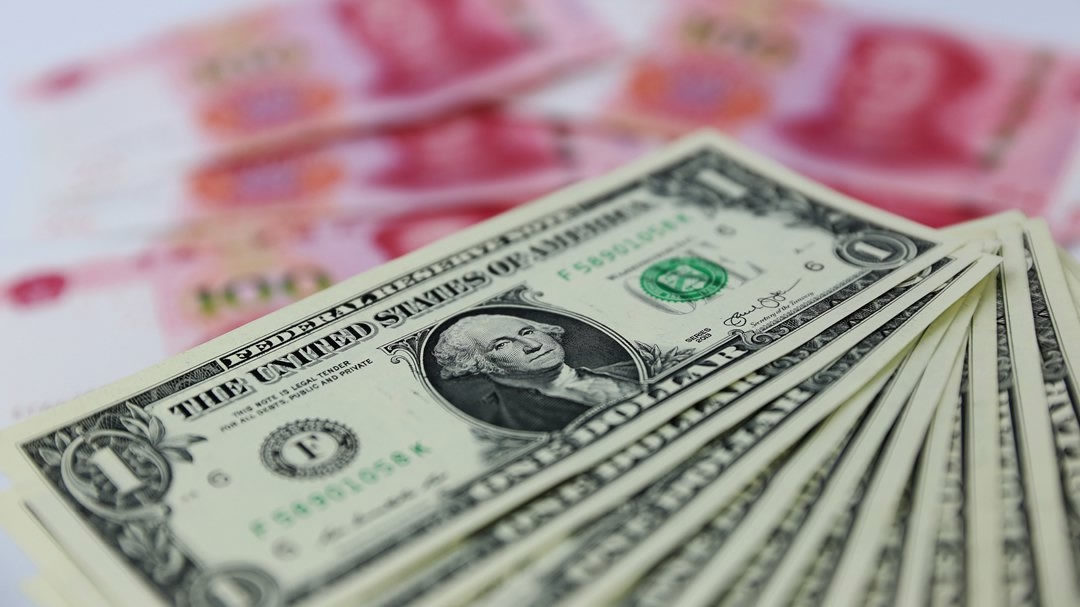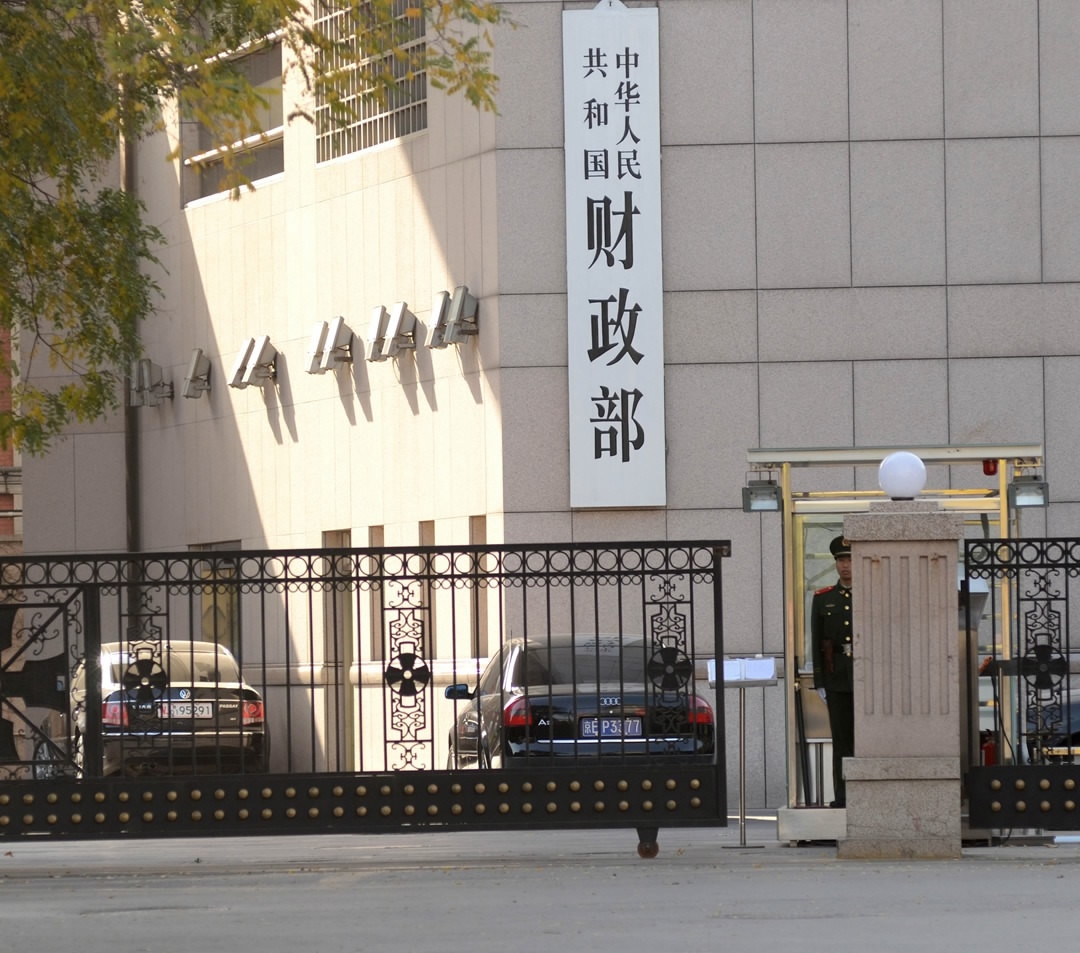
Business
19:18, 26-Oct-2017
China’s first dollar bonds in 13 years attract $10 bln orders
CGTN

China’s first dollar-denominated sovereign bonds since 2004 attracted more than 10 billion US dollars in orders, over five times the offer amount, just an hour after books opened in the Hong Kong Special Administrative Region (HKSAR) on Thursday.
The offering was proposed by Chinese Ministry of Finance (MOF) at 2 billion US dollars, including 1 billion US dollars of five-year bonds priced at 30 to 40 basis points over Treasuries, and 1 billion US dollars of 10-year notes shown at a premium of 40 to 50 basis points.
Bank of China, Agricultural Bank of China, Bank of Communications (BoCOM), China Construction Bank, ICBC, CICC, Standard Chartered Bank, HSBC, Deutsche Bank, and Citigroup, are responsible for joint management of the deal.

Chinese Ministry of Finance /VCG Photo
Chinese Ministry of Finance /VCG Photo
More open financial system
China’s returning to the dollar bonds market in 13 years marks further opening up of the country’s financial system, according to a statement posted on MOF website on Tuesday.
China stopped offering dollar bonds after 2004, due to the continued pressure of capital inflows and the 2008 global financial crisis.
“This issuance is an important step to continue the opening up of China’s financial system, which will add key investing and hedging instruments for domestic and foreign entities,” explained Lian Ping, a chief economist of BoCOM.
“It will enrich financial products in international capital market, and enable international investors to share the fruits of China’s economic development,” Lian added.
Pricing benchmark for SOEs
The offering also helps set a pricing benchmark for China's foreign currency bonds, promotes global investors’ understanding of its economy, and makes its sovereign foreign debt structure more balanced, according to the MOF statement.
“Though the deal size is relatively modest, the symbolic nature of this issuance will give state-owned enterprises (SOEs), and banks, a marker for valuation,” said Luke Spajic, head of portfolio management for emerging Asia at Pacific Investment Management Company.
As of the end of last year, China’s outstanding sovereign foreign debt stood at 18.1 billion US dollars, which accounted for 1.06 percent of its national debt, and 85 percent of which were offshore renminbi government bonds, far below the international average, MOF said.
The main purpose of this issuance was not raising funds, but guiding markets and evaluating prospects in the future, said Wang Yi, director of the finance department of MOF. Proceeds will be used for general governmental purposes.
Unrated but still attractive
The dollar bonds are unrated to partly counter a cut of China’s sovereign credit ratings by S&P in September following a downgrade of the country by Moody’s in May, both of which cited soaring debt and increased economic and financial risks.
MOF responded that the rating agency overestimated the difficulties faced by China’s economy and underestimated the government’s ability to deepen reform, describing the downgrade as “a wrong decision.”
Though unrated, the bonds are attractive to global investors. “These are tight levels but we are interested as there is little risk of repeated issuance in the same maturity bucket,” said Edmund Goh, fund manager at Aberdeen Standard Investments.

Hong Kong Special Administrative Region /VCG Photo
Hong Kong Special Administrative Region /VCG Photo
The bonds will be exempted from income tax for both individuals and enterprises, and will not be subject to stamp duty in both Chinese mainland and HKSAR.
The HKSAR government is studying the possibility to expand profits tax exemption to dollar bonds issued by the central government, said Chan Mo-po, financial secretary of the HKSAR government.
MOF’s choice to issue the bonds in HKSAR stresses its status as a premier international financial center in Asia as well as its strategic position linking Chinese mainland to the world, according to Norman Chan, chief executive of the Hong Kong Monetary Authority.
1969km

SITEMAP
Copyright © 2018 CGTN. Beijing ICP prepared NO.16065310-3
Copyright © 2018 CGTN. Beijing ICP prepared NO.16065310-3